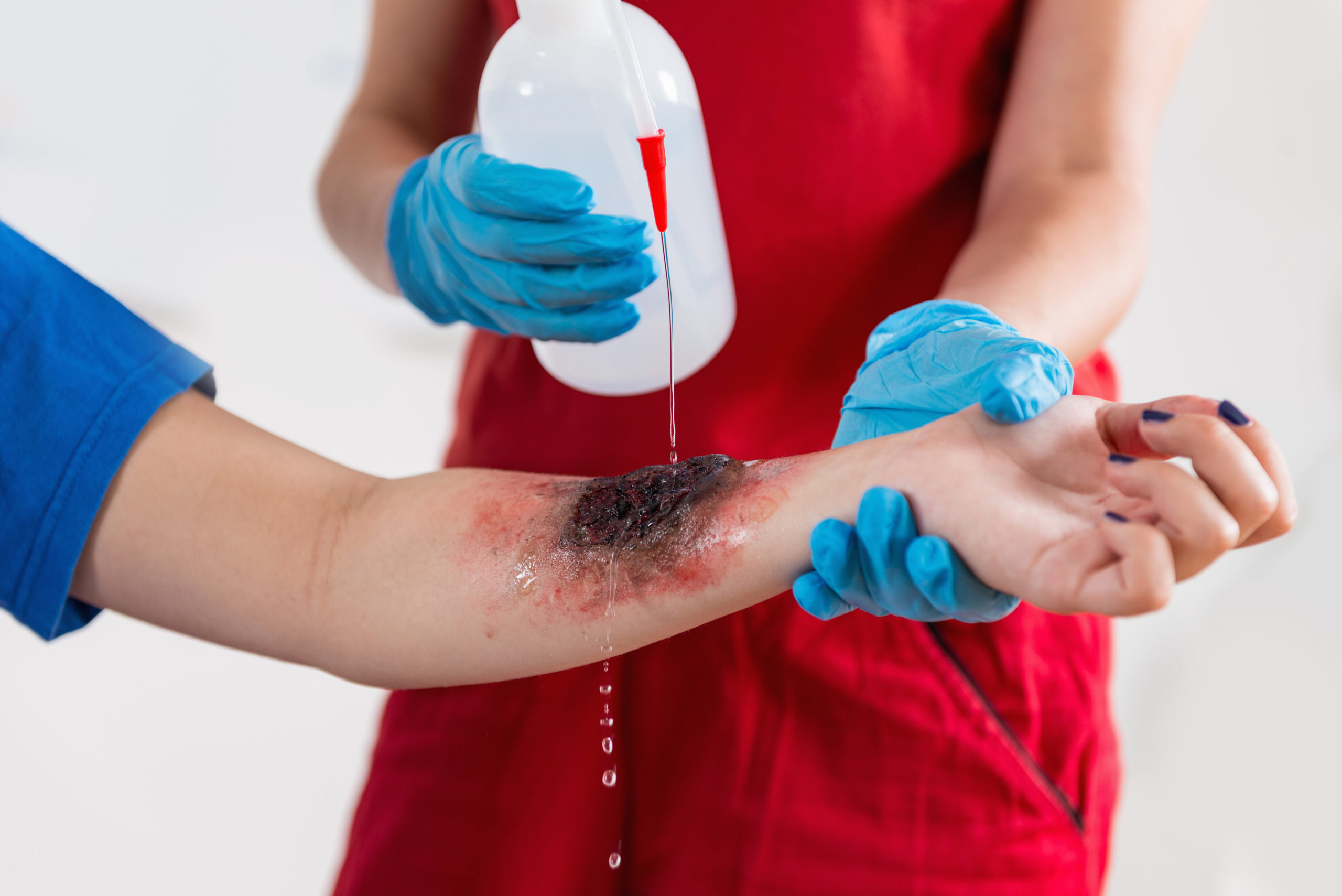Blog

An Overview of Burns and How You Should Respond to Them
Human bodies are highly sensitive to different environmental variables. This is why people can experience a range of symptoms from something as simple as a change in temperature. Although we can train our bodies to withstand high and low temperatures, no amount of conditioning can make a person resistant to fire.
When a person is burnt, it’s usually classified into one of four degrees, with the first being the lightest with the fourth being the most damaging. Dealing with burns is an urgent matter, regardless of their severity. For this reason, it’s beneficial to learn the proper way of determining and treating these conditions.
How Does a Person Get Burnt?
Burns are injuries that can come from different sources. However, they typically come from hot substances like boiling liquids, steam, fires, and even hot containers or heating implements. Other heat sources include electrical surges, harsh sunlight, corrosive chemicals, and even strong amounts of radiation.
Although people experience a burning sensation after experiencing friction from hard substances, it’s technically not a burn. Instead, the skin’s damage is due to heat energy and the coarseness of an object’s texture. This leads to a throbbing sensation which should generally subside since the damage only occurs on the outermost layer of skin.
What Are the Different Degrees of Burns?
A burn is categorized into four different levels, depending on its severity. First-degree burns are typically dry and red, showing signs of inflammation with the skin turning white when pressed. This type of burn should heal completely within a week with no scarring.
A second-degree burn is painful even to exposure to air. Additionally, the skin will seep fluid and can form blisters. This is why it’s necessary to have it bandaged or treated with topical creams and moisturizers. Although this burn doesn’t lead to scar formation, the affected skin may permanently turn darker after healing within one to three weeks..
A third-degree burn is extremely painful and always forms blisters. It can take more than 21 days to heal, depending on the affected area and the person’s skin sensitivity. If your wound develops burns immediately, it means it has come in contact with extremely high temperatures. The affected area of the skin typically results in severe scarring after healing.
A fourth-degree burn is usually painless after being away from the hot substance or environment. This is because the burn has dug deep into destroying a person’s nerve endings. The dry skin turns into a waxy white or charred black color and cannot heal without surgical treatment.
Unfortunately, some burns can seem mild but deepen over time. This is why you must be sure about the cause and extent of damage to your burnt skin. It’s best to seek a medical expert at an emergency ward for an immediate diagnosis.
What Should I Do If I Get Burnt?
It’s important to clean the burn and keep it protected with a dressing. This will prevent further irritation or risk of infection. It’s best to avoid touching the burnt area and moisturize the wound to prevent scarring. Depending on the severity of your burn, you may or may not require major medical treatments.
Conclusion
Some burns are easier to treat than others, depending on their severity and the area affected on your body. While minor fourth-degree burns are easily treatable with first-aid kits, you will need immediate medical attention for more severe cases. Even if you’re not hurting too much, you shouldn’t use your pain tolerance as an excuse to avoid professional medical assistance. Remember to keep the contact details and directions to your local clinic for any urgent outpatient medical needs.
Even if you have an urgent medical emergency, you should still look for reliable healthcare services for assistance. At Aspen Medical center, our facilities are open seven days a week. If you need to visit an urgent care center in Santa Fe, NM, contact us today.
